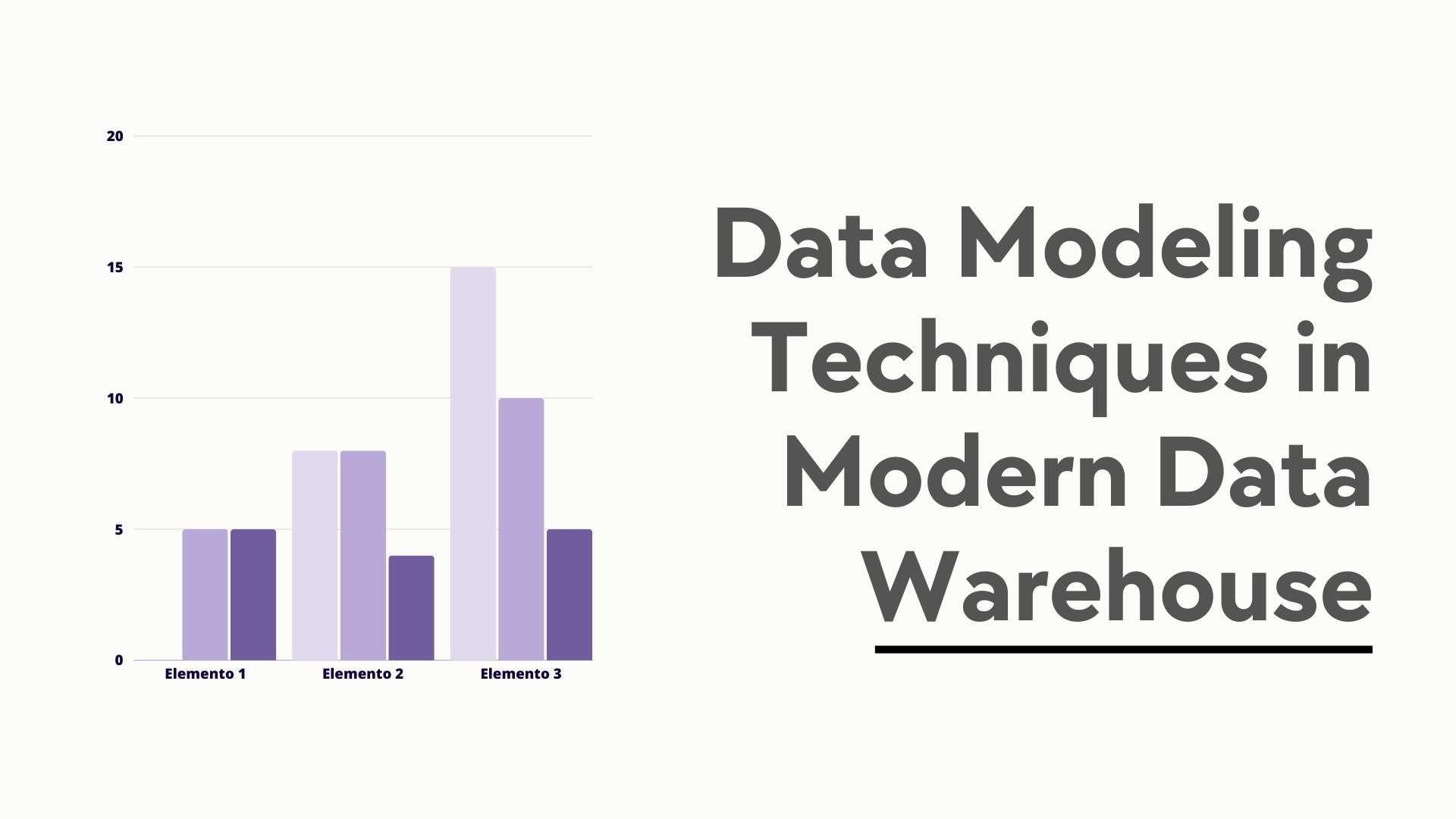Data Modeling Techniques in Modern Data Warehouse

Strong 8k brings an ultra-HD IPTV experience to your living room and your pocket.
Introduction
Data modelling is the process of creating a blueprint of how data will be stored and accessed within a database. In the context of modern data warehouses, effective data modeling is crucial for efficient data storage, retrieval, and analysis. This article explores the key data modelling techniques employed in contemporary data warehouses.
Dimensional Modelling
Dimensional modelling is the most widely used approach in data warehousing. It involves organising data into facts and dimensions.
- Facts: Represent measurable quantities or metrics, such as sales, profit, or quantity.
- Dimensions: Provide context to facts, including time, location, product, and customer.
Dimensional models are typically structured using a star schema or snowflake schema.
- Star Schema: A simple and efficient model where facts are at the centre, connected to surrounding dimensions.
- Snowflake Schema: A more complex model where dimensions can have sub-dimensions, creating a hierarchical structure.
Normalised Data Modeling
Normalisation is a technique used to minimise data redundancy and improve data integrity. It involves dividing large tables into smaller, more manageable ones. While normalisation is commonly used in transactional databases, it's less frequently applied in data warehouses due to the performance implications of joining multiple tables.
Denormalization
Denormalization is the process of adding redundancy to a database to improve performance. It involves combining multiple tables into a single table, reducing the number of joins required for queries. Denormalization is often used in data warehouses to optimize query performance, especially for frequently executed reports.
Data Vault Modeling
Data vault modelling is a relatively new approach that focuses on capturing and storing raw data without making assumptions about its structure. It involves creating three types of tables:
- Hubs: Represent business entities, such as customers or products.
- Links: Connect hubs and capture relationships between them.
- Satellites: Store attributes associated with hubs and links.
Data vault modelling offers flexibility and scalability, making it suitable for large and complex data warehouses.
Hybrid Modeling
Hybrid modeling combines elements of dimensional and normalised modeling to address specific requirements. It can be useful when dealing with complex data structures or when performance is a critical concern.
Considerations for Modern Data Warehouses
When selecting data modeling techniques for modern data warehouses, consider the following factors:
- Business Requirements: Understand the specific reporting and analysis needs of the organization.
- Data Volume and Complexity: Assess the size and complexity of the data to be stored.
- Performance Requirements: Determine the expected query performance and response times.
- Scalability: Consider the need for the data warehouse to grow and accommodate future data.
- Maintenance and Governance: Evaluate the ease of maintaining and managing the data model.
Conclusion
Data modelling is a fundamental aspect of modern data warehousing. By carefully selecting and applying appropriate techniques, organisations can create efficient, scalable, and maintainable data warehouses that support informed decision-making. Exploring educational opportunities, such as a best data analytics course in Delhi, Faridabad, Mumbai and other parts of India, can be beneficial for individuals aiming to deepen their expertise in these essential concepts. The choice of data modeling technique depends on various factors, including business requirements, data characteristics, and performance goals.
Note: IndiBlogHub features both user-submitted and editorial content. We do not verify third-party contributions. Read our Disclaimer and Privacy Policyfor details.


